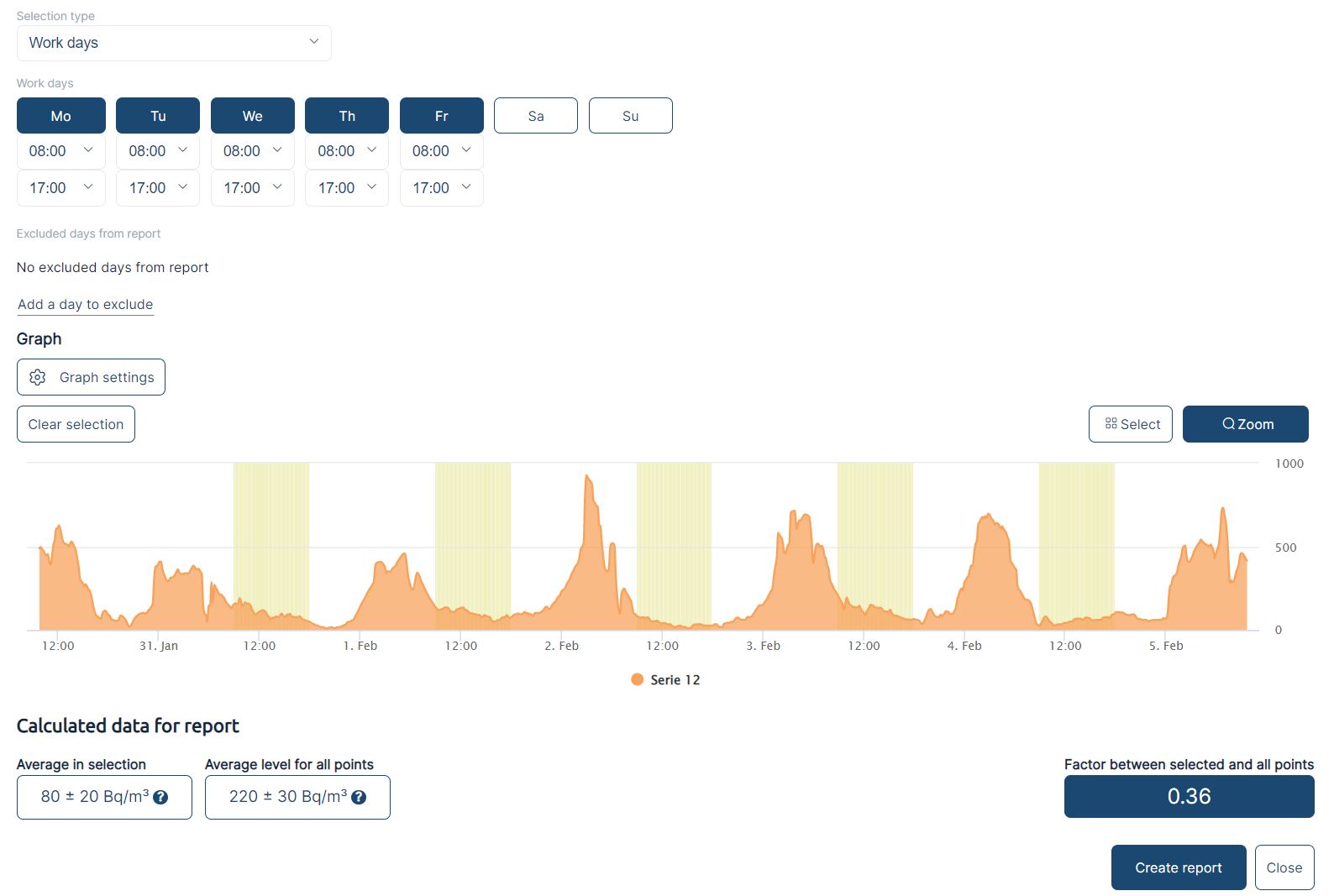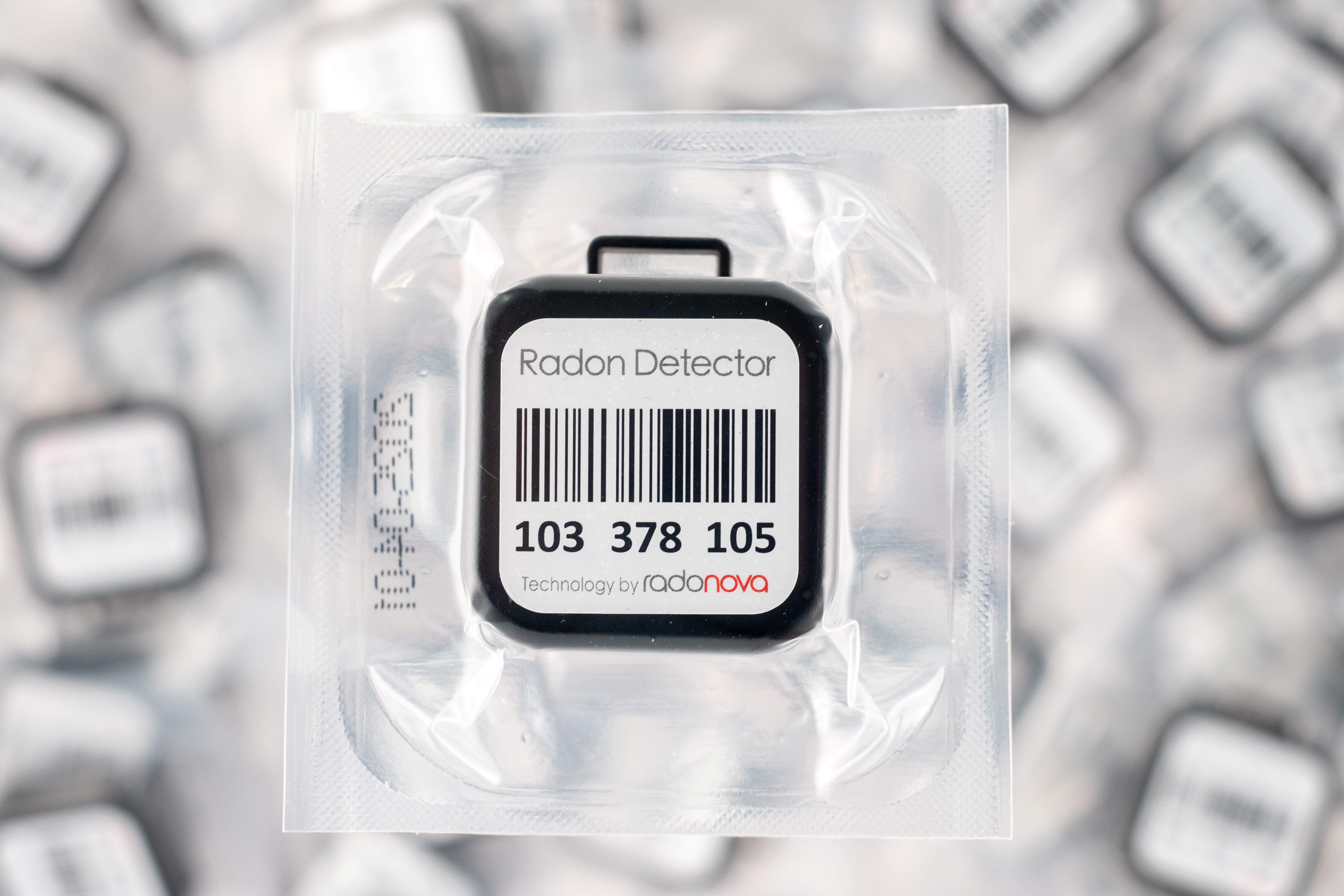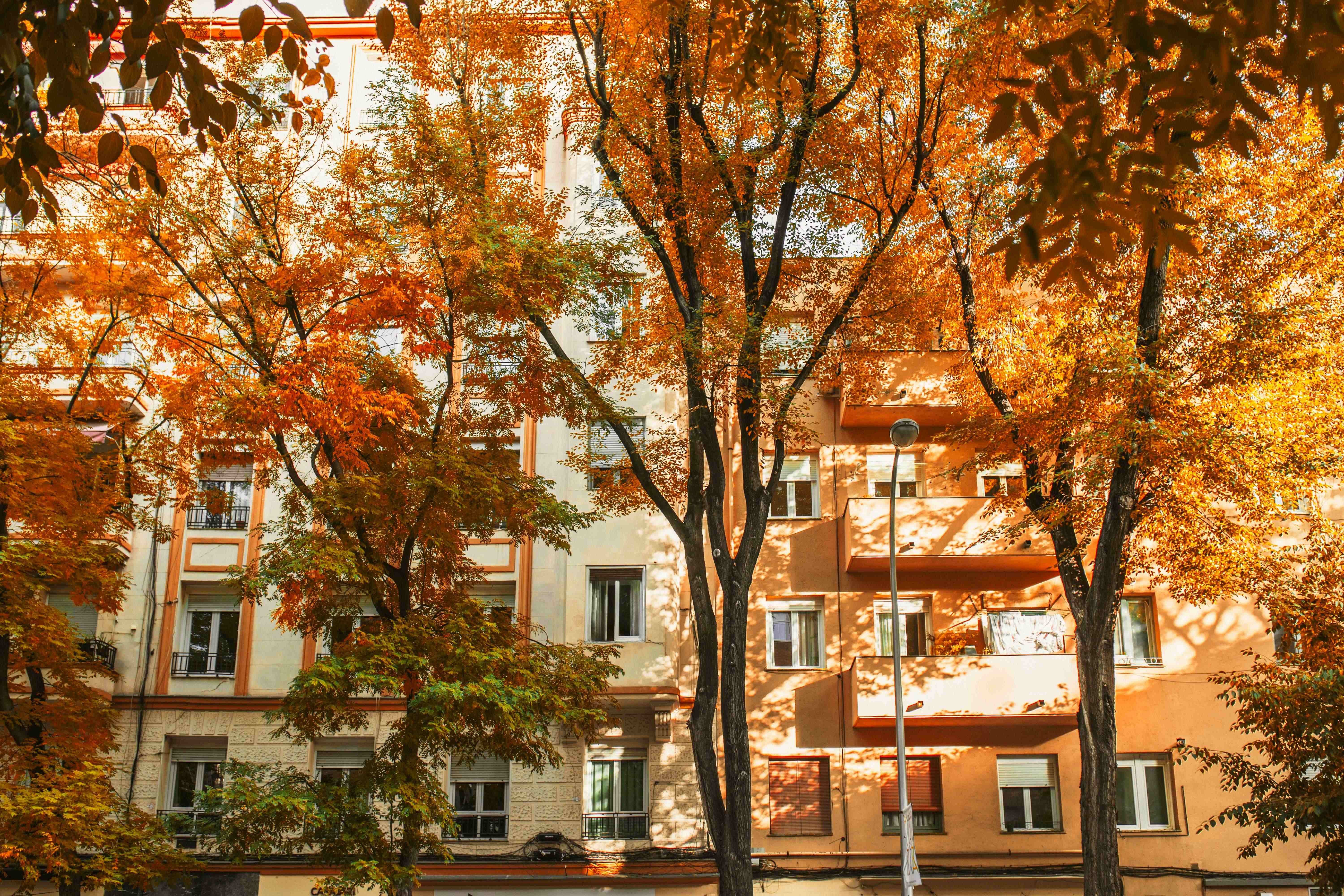When the analysis results of your radon measurement shows that the average concentration of one or more measurement points exceeds the reference threshold set by the regulations, it is necessary to take action to reduce radon levels below the threshold.
However, the radon concentration in the air is never constant. It evolves every minute. This is one of the reasons why it is recommended when performing a first radon measurement to measure radon over long periods, in order to level out the impact of peaks. Therefore, before starting costly remediation work, it is advised to maximize initial investigations by measuring for radon continuously.
Recording variations in radon levels: why do it?
Continuous radon measurement falls into the so-called “active” category. This means that the instrument used will measure and record variations in radon levels over time.
Remember that the objective of a radon measurement is to protect users of a given building against the harmful effects of radon. However, the occupancy of a building varies over time. As a result, it becomes important to understand radon concentrations over specific time slots.
For example, the indoor radon concentration outside working hours does not ultimately impact the health of users. Rather, it is the radon concentration during working hours that are of interest.
As a result, carrying out an active measurement campaign using an appropriate instrument may be sufficient to demonstrate that radon levels during specific time slots can actually be lower than the reference level.
Using the right instrument: key criteria
There are a multitude of instruments on the market capable of recording radon continuously. However, the quality of measurement is variable and the price ranges from a few hundred to several thousand euros.
It is therefore important to equip yourself with an accurate and reliable instrument. Here are some of the key points to check for before investing in an instrument:
- The integration time. All continuous radon measurement instruments deliver data that corresponds to an average over a specific measurement period. The precision of an instrument is therefore linked to the duration of this period. The shorter it is, the more the instrument demonstrates an ability to react to variations in radon levels.
- The sensitivity. It is calculated in puls per minute. The instrument records radon decompositions in its measuring chamber. The more sensitive a sensor is, the more accurate the displayed measurement will be.
- Connectivity and power mode. It is common that continuous radon measurements take place in areas where access to the mains power supply and the Wi-Fi network is difficult or even impossible. Favoring a battery-operated instrument capable of transmitting information regardless of the situation and without prior configuration is a considerable asset.
- Calibration. In the context of use as a professional tool, it is necessary to ensure that the chosen instrument can be easily calibrated.







